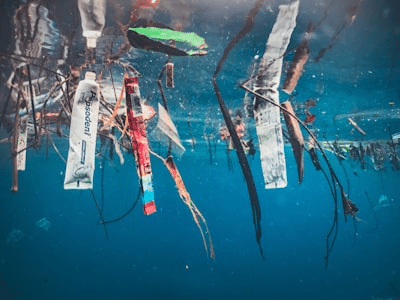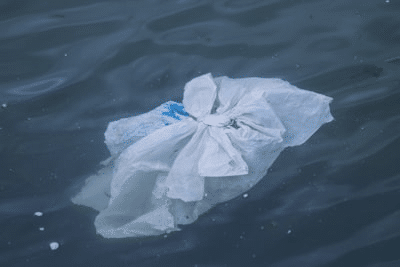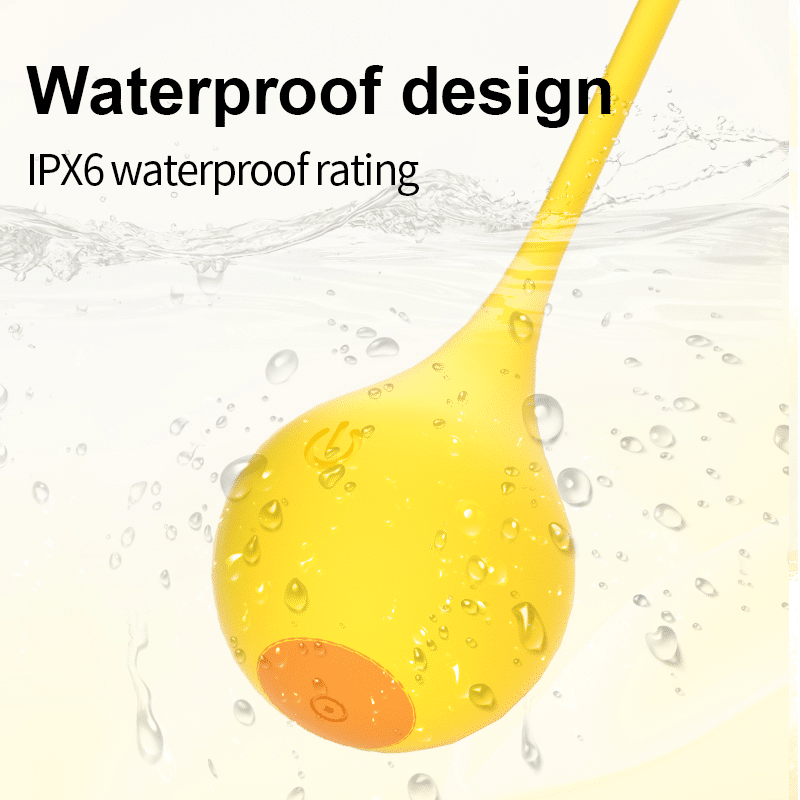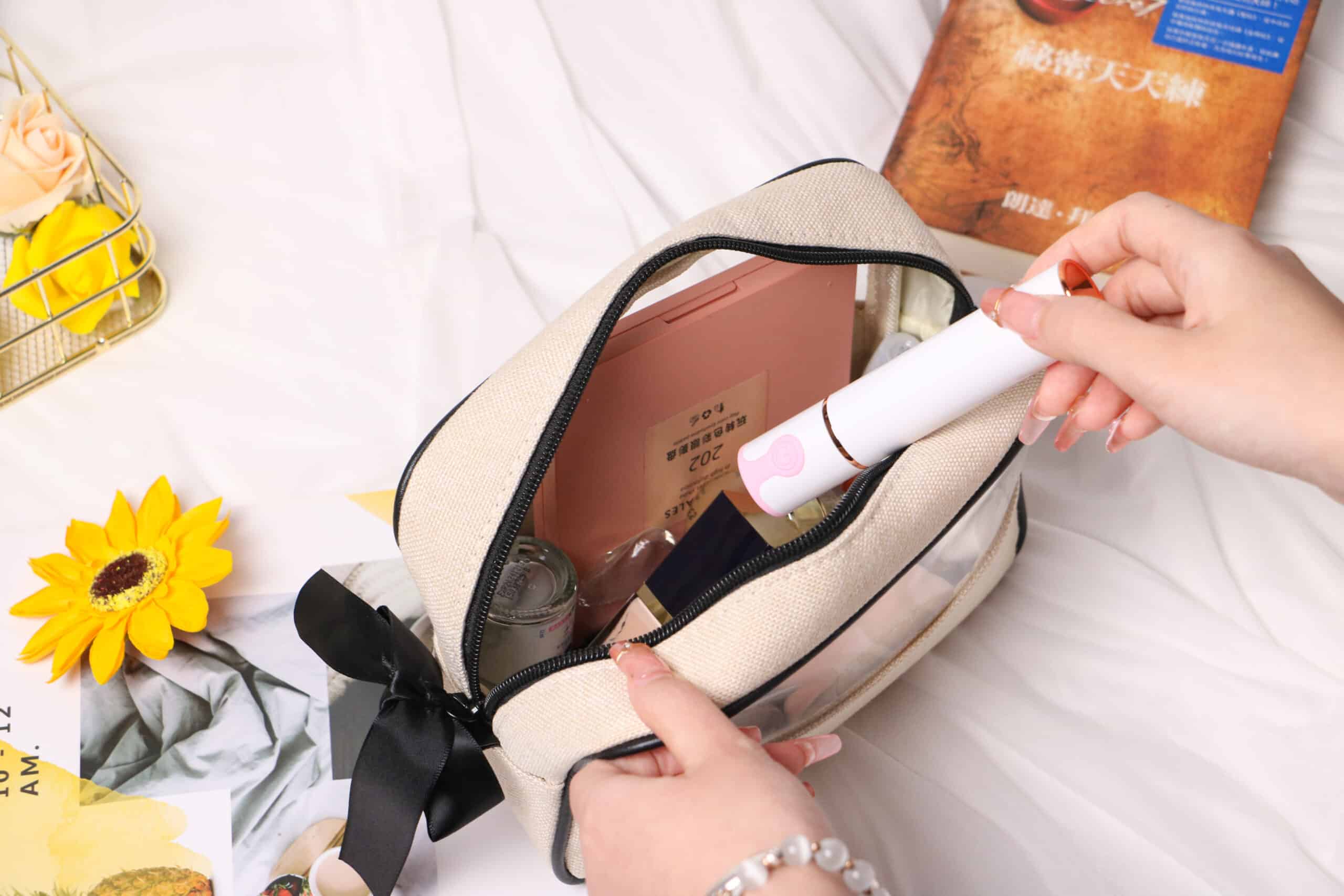There is no denying that many brands focused on environmental protection and social responsibility, especially those targeting the high-end markets in Europe and the United States, view environmental protection as merely a slogan. They are unaware of the real costs and efforts some factories incur behind the scenes and harbor doubts about the “environmental premium.”
This is understandable, as 95% of “green” products engage in some form of “greenwashing,” leading consumers to experience “green fatigue” and naturally question sustainability claims.
For us, the choice between using inexpensive virgin plastic or “ocean-recycled plastic” that costs 20% more was straightforward: we chose the latter. This was not merely a business decision but a choice of values.
Table of Contents
ToggleWhat is ocean-recycled plastic? Why is it so important?
Ocean-recycled plastic isn’t just about cleaning up beaches; it’s a strategic intervention in the global plastic crisis. The process is complex, which explains its premium cost, but its environmental value is undeniable.
Here’s a breakdown of its journey from waste to valuable resource:
| Stage | Description | Key Importance |
| 1. Source & Collection | Plastic waste (bottles, containers, debris) is collected from oceans, beaches, and critical riverways. | Prevents plastic from breaking down into microplastics, which are nearly impossible to remove from marine ecosystems. A significant portion of ocean plastic originates from rivers, so this is a crucial upstream intervention. |
| 2. Cleaning & Sorting | The collected material is rigorously cleaned, sorted by plastic type, and stripped of contaminants. | Ensures the final material is pure and safe, which is non-negotiable for consumer products, especially those for personal use. |
| 3. Regeneration | The cleaned plastic is shredded, melted, and transformed into high-quality, manufacturing-grade pellets (raw material). | This is a resource-intensive process that requires specialized technology to ensure the recycled plastic has the same performance and durability as virgin plastic. |
This journey illustrates why ocean-recovered plastic is more than just “recycling.” It is a rescue mission and a key component of the circular economy. For manufacturers like us, choosing ocean-recovered plastic over virgin plastic represents a commitment to the circular economy.
Our Commitment: From “No Cost Consideration” to “Creating Value”
Absorbing a 20% cost increase required a complete shift in our thinking—from focusing solely on cost to creating holistic value. This isn’t just a line item on a spreadsheet; it’s a deep, operational commitment.
Our process involves three core pillars:
Step 1: Strategic R&D Investment We don’t just buy recycled plastic off the shelf. We partner with our upstream suppliers in extensive R&D to create proprietary blends. We need to ensure the recycled plastic meets the rigorous performance and safety standards required for personal products. Believe me, I’ve learned through countless late nights in the lab that material science for intimate goods demands a level of precision that goes far beyond standard manufacturing tolerances. This collaboration allows us to create custom pellets that guarantee durability and the expected sensory qualities.
Step 2: Internalizing Costs Through Optimization We actively work to offset the material premium by optimizing our production processes. By streamlining workflows and investing in energy-efficient machinery, we absorb a significant portion of the cost internally. This ensures we can offer a sustainable product without passing on the entire financial burden to our partners.
Step 3: Building Verifiable Brand Value This is where cost transforms into a powerful marketing asset. For our B2B partners, our commitment provides a compelling and authentic story. You’re not just selling a product; you’re selling a verifiable promise.
| The “20% Premium” | The Authentic Brand Value |
| Higher material cost | Market Differentiation in a sea of greenwashing. |
| Investment in R&D & testing | Consumer Trust built on safety and transparency. |
| Complex supply chain | A Measurable Impact Story (e.g., “X grams of ocean plastic removed per unit”). |
| GRS Certification | Verifiable Proof of sustainability claims. |
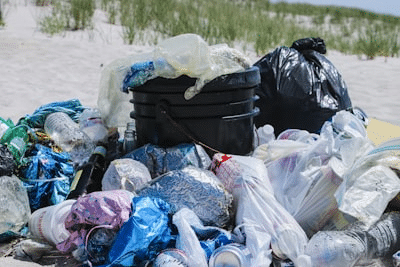
Partnering with Brands That Share Our Beliefs
We make genuine sustainability accessible. Our ODM solutions provide more than just manufacturing; we offer a complete partnership package designed to help you succeed in the premium eco-conscious market.
What You Get with a Luxora Partnership:
Manufacturing Excellence:
GRS-Certified Materials: We provide full access to Global Recycled Standard (GRS) certified ocean-recycled plastic, ensuring a transparent and verifiable chain of custody.
Uncompromised Quality: Our rigorous testing protocols guarantee that the final product’s safety, feel, and aesthetics are never compromised.
Marketing & Storytelling Support:
Certification & Data: We provide all necessary documentation and impact data to back up your environmental claims.
Narrative Assets: We help you craft a compelling story that communicates your commitment to the planet, resonating deeply with discerning consumers.
Make the Choice That Defines Your Brand
In today’s market, sustainability is no longer a niche—it’s a core indicator of a forward-thinking brand. The decision to absorb the 20% premium for ocean-recycled plastic was not just about choosing a material. It was a choice to align with partners who see sustainability as a competitive advantage, not a cost.
Modern B2B buyers search for more than just “sustainable partners”; they seek companies whose actions reflect an authentic commitment to environmental stewardship. By choosing Luxora, you gain more than a supplier. You gain a strategic ally dedicated to building a brand narrative that transforms a premium price into a badge of authenticity your customers will proudly support.
Frequently Asked Questions (FAQ)
Q: How is the safety of ocean-recycled plastic guaranteed?
A: We guarantee the safety and performance of our ocean-recycled plastics through a rigorous, multi-step process. We partner exclusively with certified upstream suppliers and ensure all materials are GRS (Global Recycled Standard) certified. This guarantees traceability and adherence to strict social and environmental standards. Furthermore, the recycled materials undergo extensive testing to ensure they meet our own stringent quality and safety standards, which are just as high as those for virgin materials.
Q: Will using eco-friendly materials affect the product’s color and texture?
A: No. While raw recycled materials can sometimes have variations, we have invested heavily in R&D and refining our production processes. Our collaboration with suppliers and our internal quality control ensure that the final product’s color, texture, and finish are consistent and meet the premium standards expected by high-end brands. We successfully transform recycled materials into a high-quality product without compromising on aesthetics or feel.
Q: Besides ABS, what other components can use recycled materials?
A: Currently, our primary application for ocean-recycled material is for the main ABS components of our products. However, our commitment to sustainability is company-wide. We are actively researching and developing ways to integrate other recycled and sustainable materials across our product lines, including for other plastic parts, accessories, and packaging, as we continue to innovate and expand our eco-friendly solutions.

